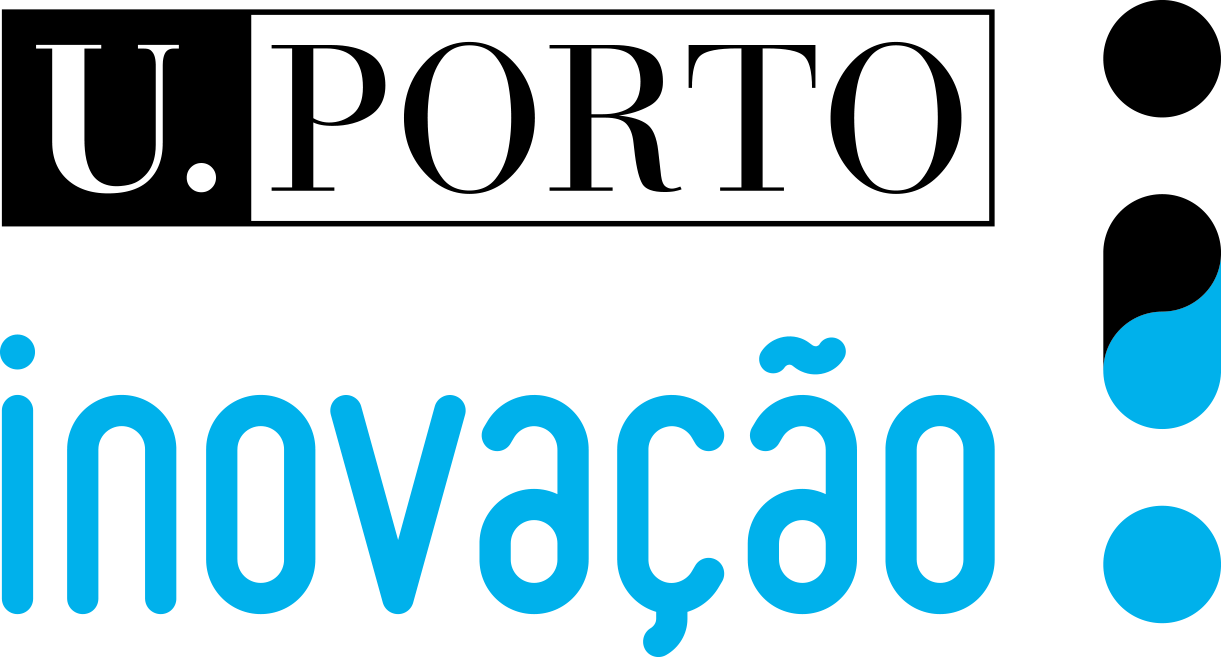Um sistema baseado em dados específicos de cada grávida, criado para prever e prevenir lesões maternas relacionadas com o parto apoiando a tomada de decisões médicas.

The use of darker colours for aesthetic purposes has been steadily growing in the construction field. This application has led buildings to have non-efficient thermal characteristics, due to the colour’s high absorption of solar radiation. Consequently, this increases the energy demand for cooling. To overcome the rise in energetic costs and ecologic footprint, these nanocomposites, which may be incorporated in conventional black colourants, ally the aesthetic side and the functional one by absorbing solar radiation in the visible spectrum, and at the same time increasing reflectance in the infrared spectrum in 40% when compared to conventional coatings.
The use of darker colours for aesthetic purposes has been steadily growing in the construction field. This application has led buildings to have non-efficient thermal characteristics, due to the colour’s high absorption of solar radiation. Consequently, this increases the energy demand for cooling. To overcome the rise in energetic costs and ecologic footprint, these nanocomposites, which may be incorporated in conventional black colourants, ally the aesthetic side and the functional one by absorbing solar radiation in the visible spectrum, and at the same time increasing reflectance in the infrared spectrum in 40% when compared to conventional coatings.
This invention provides an improvement over traditionally used dark colourants, without compromising colour at the human eye level, bringing a large increase in the overall reflectivity. Incorporating these nanomaterials in coatings allows an effective control of the radiative properties through the tunning of their optical properties. Improvements in the durability of construction materials are also provided by this invention, due to the reduction of thermal stresses.
The invention relates to the technical field of coatings, specifically in the context of exterior-finish black colourants. This technology has clear commercial advantages over traditional dark coatings, since it attains a substantial increase in reflectiveness without compromising the colour’s original characteristics. In general, any coated dark-coated surface that’s under the effect of solar radiation can benefit from this invention, as it greatly reduces the absorption of radiation, decreasing thermal damage and increasing the structure’s life cycle.
Vencedores BIP PROOF 2025/2026
Projetos vencedores

Uma opção terapêutica para tratar complicações gastrointestinais, relacionadas com a diabetes, que explora a reutilização de medicamentos já conhecidos e aprovados.

Uma argamassa inovadora, sustentável e versátil, para fabrico digital (impressão 3D) que permite criar peças ou componentes com menor impacto ambiental e maior liberdade de design.

Uma terapia fisiológica, minimamente invasiva e individualizada, que tem como objetivo revolucionar o tratamento da hérnia discal apostando na modulação imunitária por design.i3S

Um programa de intervenção psicológica digital para a melhoria da saúde mental, sexual e da qualidade de vida de sobreviventes de cancro de próstata.

Uma solução limpa, segura e eficiente para a produção de hidrogénio e eletricidade diretamente em embarcações marítimas.

Uma alternativa aos atuais métodos de desinfeção nos sistemas de água que é segura, sustentável, sem consumo de energia e sem químicos nocivos.

Um modelo inovador que reproduz de forma realista a inflamação intestinal humana, permitindo testar terapias de forma mais preditiva e personalizada.

Uma tecnologia farmacológica inovadora para combater um dos maiores desafios da oncologia moderna: o cancro da mama triplo negativo, uma forma agressiva e resistente da doença.

Um biomarcador inovador na encefalopatia associada à sépsis nenatal, com utilidade clínica e capacidade de apoiar um diagnóstico mais precoce.

Um sistema inovador que, recorrendo a uma cinta confortável com sensores, permite monitorizar movimentos fetais em casa, durante o período da gravidez.







